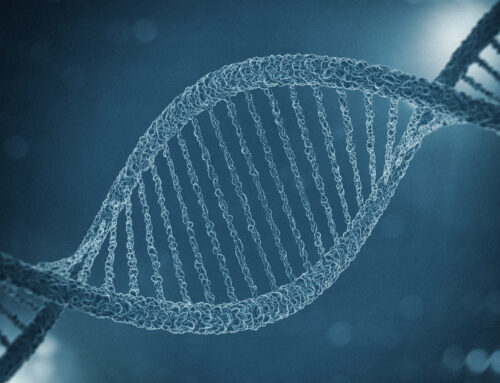
Warning: Light spoilers for “Keep the Change” ahead
Keep the Change is a refreshing romantic comedy that has authentic autistic representation with neuro-atypical actors showcasing their talent to create an impactful film that resonates with everyone. The picture embraces its unique characters and portrays them dealing with issues prevalent to all: love and self-acceptance.
In honor of National Autism Awareness Month, I would like to review Keep the Change, a movie featuring actors in a way no other movie has done before. Usually, neuro-typical actors are applauded for playing the few neuro-atypical roles available. Sean Penn was nominated for an Oscar for his portrayal of an intellectually disabled father in I Am Sam. However, the protagonists and supporting characters in Keep the Change are played by actors who are on the autism spectrum.
This love story takes place in the Manhattan JCC’s program, ‘Connections,’ for young adults with developmental and learning disabilities. The film centers around David Cohen, a wealthy aspiring filmmaker who is mandated to attend the young adult program after a confrontation with a police officer. He falls in love with the beautiful and vivacious Sarah Silverstein and tries to convince her that they are both better than their ‘Connections’ peers.
While Keep the Change is most certainly a touching romantic comedy, it also showcases David’s journey toward self-realization. Throughout the movie he considers the other autistic adults in ‘Connections’ ‘abnormal.’ His parents perpetuate his rationale, believing that his participation in the program is a blip in his summer plans. When they learn about Sarah, they worry that David will end up with someone he will have to take care of rather than dating someone who can care for him. He later admits that he is ‘weird’ and different, and he likes Sarah because she is ‘weird’ and different too.
Autism is a complex developmental disorder that affects a person’s ability to communicate and interact with others. About 1 in 59 children in the US have been identified with an autism spectrum disorder in all racial, ethnic and socioeconomic groups. While there are no clear-cut biological markers of autism, many studies suggest that genes and environmental influences act together to affect development that can lead to autism spectrum disorder. Fragile X syndrome, passed from unaffected mothers to their male children, is the most commonly known genetic cause of autism and other intellectual disabilities. In some cases, autism may run in the family; however, even if a family has identical twins, there is still a chance that one twin will have autism while the other will not.
My hope is that National Autism Awareness Month inspires people to learn more about autism spectrum disorder. While there is nothing uniquely Jewish about autism, we must identify the barriers individuals with disabilities and their families face within the Jewish community and around the world. This April, may we seek out ways to foster a more inclusive community this month and every day.


